很遗憾,因您的浏览器版本过低导致无法获得最佳浏览体验,推荐下载安装谷歌浏览器!
Company:Xi'an Silk Road Yuecheng Cultural Industry Co., Ltd.
Telephone:13389264448
Contacts:Ms. Kou
QQ email:2361355633@qq.com
Address:No. 30403, 4th Floor, Unit 3, Building 1, Longhu Xiangdi South Area, No. 1 Chanhe West Road, Chanba Ecological Zone, Xi'an City
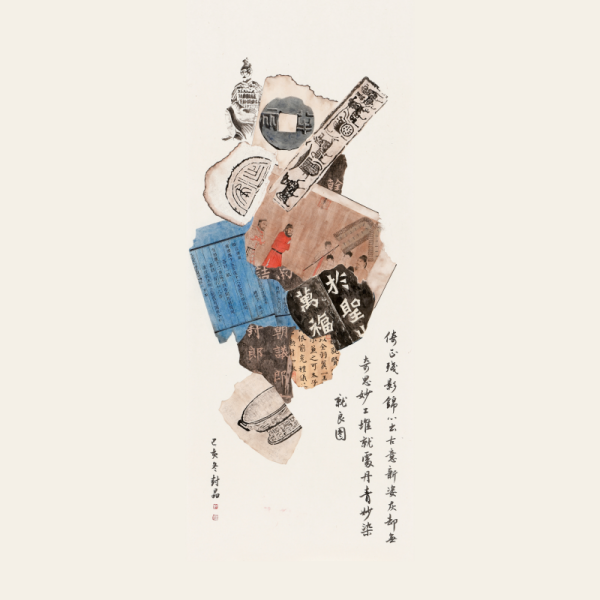
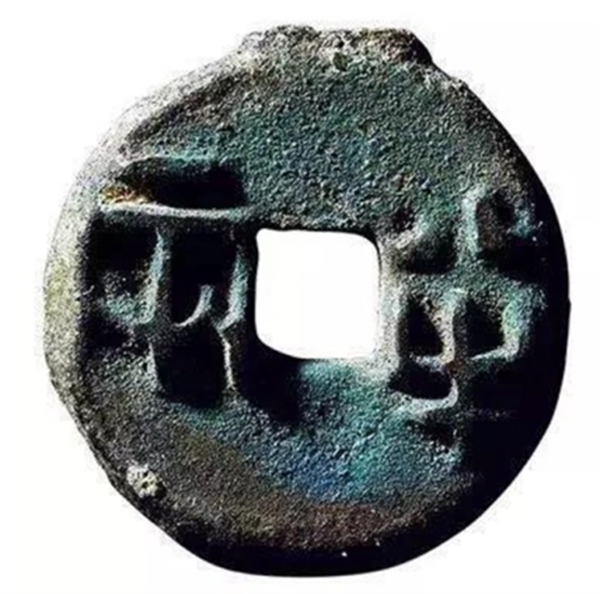
1. Qin Banliang: Qin Banliang was the currency issued after the unification of Qin. Before the unification of the six states by Qin, the shapes of coins in each country varied, such as shovel coins, knife coins, and ring coins, and could only circulate within their respective jurisdictions; After unifying the six states, Emperor Qin Shi Huang established a unified law, measurement, currency, and writing system, abolished the old coins of the six states in the late Warring States period, and improved them on the basis of the Qin half liang coins in the Warring States period. The circular square hole Qin half liang coins were widely used throughout the country, ending the chaotic state of ancient Chinese currency with various shapes and weights.
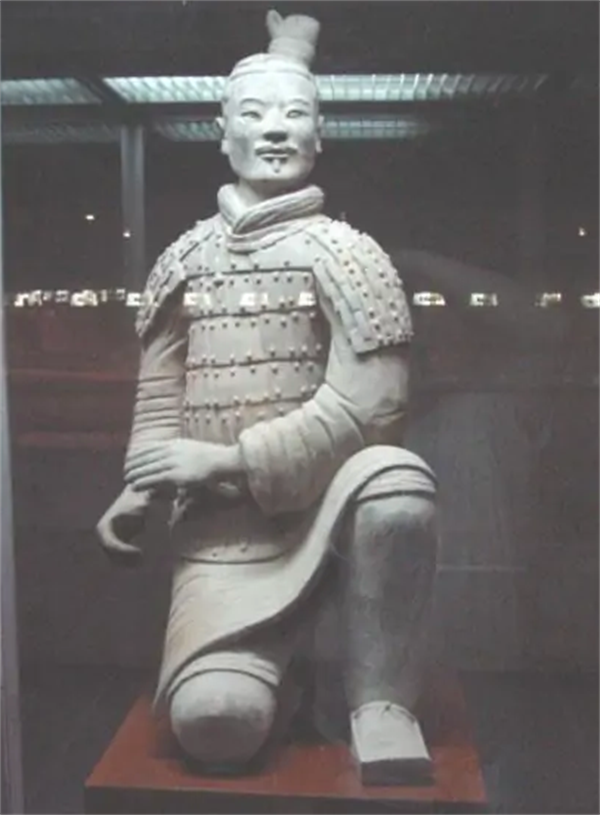
2. Kneeling and shooting figurines: Terra Cotta Warriors in Shaanxi are world-famous, with thousands of people and thousands of faces. Among them, the kneeling and shooting figurines in Pit 2 of the Terra Cotta Warriors are the best. He knelt on his right knee, crouched on his left leg, and his eyes were bright and focused forward. His cold and stern face, as well as his fierce and heroic spirit holding a bow and crossbow, seemed to be the best interpretation of Qin Shi Huang's achievement of unified hegemony.

3. Carriage and Horse Travel Map: This exhibit is a cultural relic from the Eastern Han Dynasty in Xinmang. Currently held by Shaanxi Provincial Institute of Archaeology. 187 centimeters horizontally and 147 centimeters vertically. In 2003, this painting was unearthed from a Han tomb in Haotan Township, Dingbian County, Shaanxi Province. It is located in the southern part of the west wall of the tomb chamber.
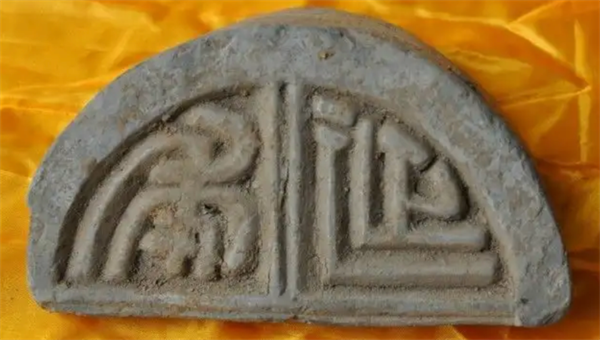
4. Longevity and longevity pottery: The Han Dynasty (206 BC-220 AD) was the peak period of pottery craftsmanship development. During this period, the workmanship of the pottery was exquisite, and newly emerged pottery decorated with seal script characters. These character pottery tiles were mostly in small seal script, arranged in a harmonious and symmetrical manner, with exquisite layout and rich content. The lyrics were extremely gorgeous, such as "longevity" and "boundless beauty". The words were mostly auspicious words for blessings, showing the simple and rich artistic style of the Han Dynasty.

5. "Walking Chariots": It is one of the famous works of Tang Dynasty painter Yan Liben and one of the top ten famous paintings passed down in China. The work has elegant and brilliant colors, smooth and round lines, and varied compositions, making it a representative work of Tang Dynasty painting. Has precious historical and artistic value.
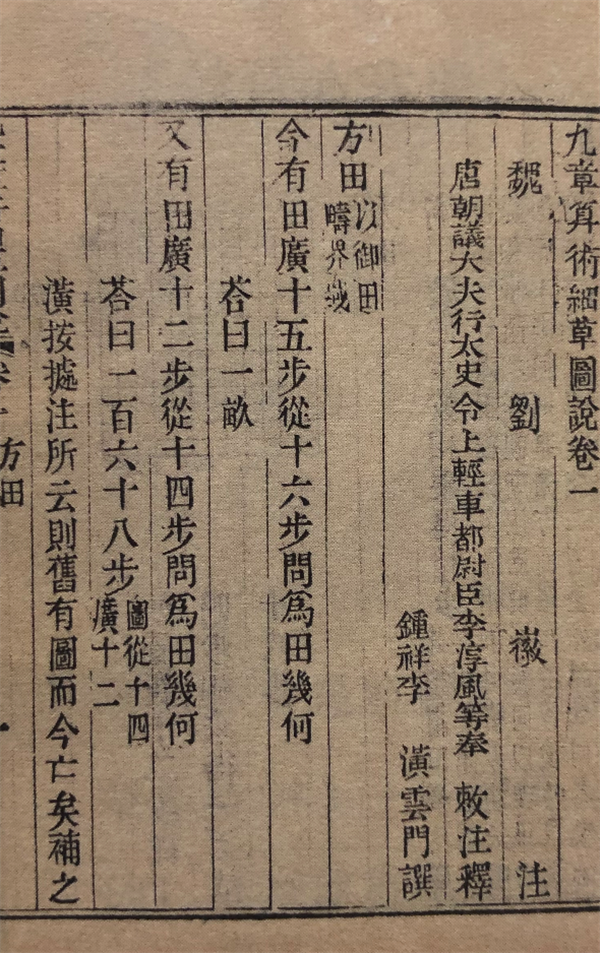
6. "Nine Chapters on Arithmetic": It is an important part of the "Ten Books of Mathematical Classics" and was completed around the first century AD. Its author is no longer traceable, and it is generally believed that it has undergone additions and revisions by various schools throughout the ages, gradually developing and becoming the current finalized version. Zhang Cang and Geng Shouchang of the Western Han Dynasty once made additions and compilations, and by then it was mostly finalized. The final book was written later in the early Eastern Han Dynasty, and most of the current versions are annotated versions of "Nine Chapters" by Liu Hui in the fourth year of Jingyuan (263 AD) of Emperor Yuan of Wei during the Three Kingdoms period.
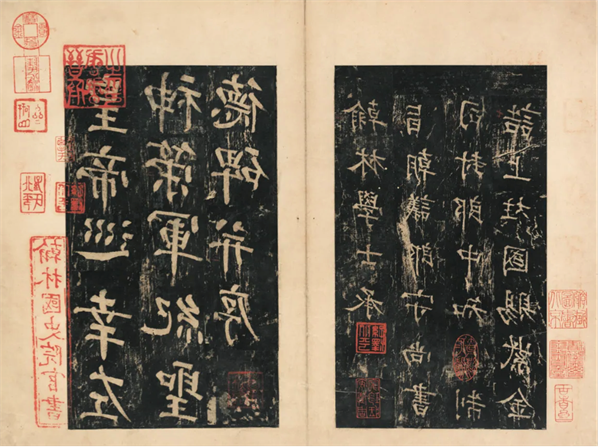
7.8 "Shence Military Stele": The full name is "Emperor's Visit to the Left Shence Military Discipline and Virtue Stele". It was erected in the Forbidden Area of the Imperial Palace in the third year of Emperor Wuzong's Huichang reign (843 AD), and the size of the stone tablet is unknown. It was written by Cui Xuan and written by Liu Gongquan. The inscription written by Liu Gongquan has a strict calligraphy structure, fully reflecting the characteristics of the open, stable and symmetrical structure of the "Liu style" regular script. In addition, this inscription is exquisitely carved, and the rubbings are no different from the originals. Therefore, it is regarded as the representative work of Liu script in later generations.

9. "Self written Confession" was written by Yan Zhenqing when he was appointed as the Prince Shaobao in the first year of Emperor Dezong's Jianzhong reign (780 AD). The letter of appointment is a diploma awarded to officials in ancient times, equivalent to a letter of appointment in later generations. Yan Zhenqing was already 72 years old when she wrote this letter of appointment. His calligraphy has also reached a state of perfection.
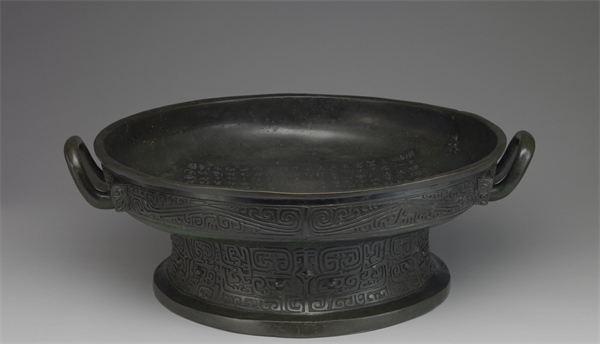
10. San Shi Pan, also known as Gan Ren Pan, is a bronze ware from the late Western Zhou Dynasty, named after the inscription "San Shi". It was unearthed in Fengxiang, Shaanxi (now Fengxiang District, Baoji City) during the reign of Emperor Qianlong of the Qing Dynasty and is now housed in the National Palace Museum in Taipei. The "San Shi Pan" is renowned for its lengthy inscriptions and significant historical value. The content is a land cession contract, which records the payment of land by the Yao people to the San family, and details the four boundaries and sealing of the land. Finally, it records the process of taking an oath. It is an important historical material for studying the land and management system of the Western Zhou Dynasty.